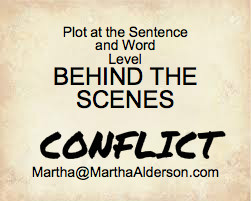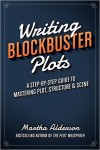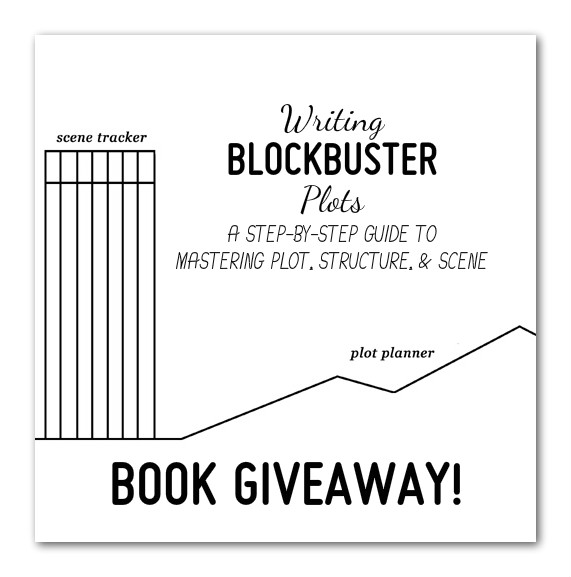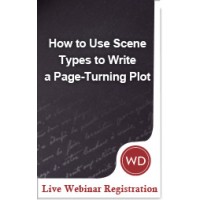Before we begin Step Two Behind the Scenes — Conflict, let’s review Step One Behind the Scene: Plot at the Sentence and Scene Level
Step One
We were looking for verbs. Specifically, verbs that depict the characters’ actions and nonverbal behaviors as fleeting physical emotional responses through body language.
 Maximize moments of intense conflict, tension, suspense or curiosity. The character’s behavior and actions shown in scene allow us viscerally access to what the character is thinking and internalizing. A character is always communicating emotion in one way or another. At this point, we’re not interested in dialogue or what the character is saying with words. We’re looking for what the character is communicating without words — feelings as transmitted through her body language.
Maximize moments of intense conflict, tension, suspense or curiosity. The character’s behavior and actions shown in scene allow us viscerally access to what the character is thinking and internalizing. A character is always communicating emotion in one way or another. At this point, we’re not interested in dialogue or what the character is saying with words. We’re looking for what the character is communicating without words — feelings as transmitted through her body language.
While searching for verbs in the first few scenes of your story, you may have discovered some bland verbs. Switch up non-communicative for those that preform double duty by showing what is taking place while also communicating the character’s emotions.
For example: clutching his neck as opposed to stroking transmits two different feelings
You also may have identified one or more nonverbal behaviors and body language that perfectly reflect your character’s inner defining traits. Make note of that for each main character in the Character Emotional Development column of your Scene Tracker.
Step Two
Behind the Scenes — Conflict
1) As described in Writing Blockbuster Plots: Step-by-Step Guide to Mastering Plot, Structure & Scenes, you note the emotionally charged moments in each scene with symbols in the Change in Emotion column of your Scene Tracker. The plus and minus symbols or up and down arrows indicate the fluctuating and fleeting emotions the character experiences throughout the scene.
Now, you’re asked to assess the specific nonverbal behavior or communication, including facial expressions, eyes, mouth, postures, gestures and touching, the tone of voice and the spatial distance between two or more people at these moments that reflect these fleeting changes in the character’s mood or emotional state.
2) In Writing Blockbuster Plots, you’re guided how to assess your scenes for dramatic action. Indicate with a checkmark on the Conflict column of your Scene Tracker those that do indeed have some sort of conflict, tension or suspense. Leave empty the box for scenes with no conflict.
Now, for those scenes with a checkmark, identify the specific sentences and words that demonstrate the effect of the conflict on the character. A character’s involuntary expression of great internal, personal, intimate and revealing emotion may move across the character’s face in a fraction of a second. These happen in intense moments of conflict. Capture that those physical feelings that viscerally connects to the reader through nonverbal communication to produce a blockbuster story.
Writing Blockbuster Plots BOOK GIVEAWAY
 Writing Blockbuster Plots
Writing Blockbuster Plots
A Step-by-Step Guide to Mastering Plot, Structure & Scene
For tried and true techniques that have helped hundreds of writers bring their story ideas alive, finish what they started and keep the big picture of their stories in mind at all times. Create an individualized Plot Planner for your novel, memoir, screenplay. Track your scenes for the 7 essential elements in every great scene.
Help me spread the word about Writing Blockbuster Plots release and coming out party to writers everywhere. Win a free copy of Writing Blockbuster Plots.
Tweet, write a blog post, mention the book on Facebook and use any other clever way you imagine to help announce the book to the world (I also need reviewers).
Be sure in some way to alert me about what you’ve done so I can add you in the running to win.

 Writing Blockbuster Plots BOOK GIVEAWAY
Writing Blockbuster Plots BOOK GIVEAWAY
Follow Me!